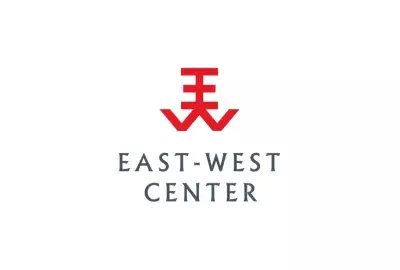Error message

This paper explores whether China's bold strategy for semiconductors will give rise to a zero-sum game or whether it will enhance cooperation that will benefit from increased innovation in China.
As the world's largest producer and exporter of electronic products, China is by far the top market for integrated circuits (ICs), accounting for nearly a third of global demand. Yet its ability to design and produce this critical input remains seriously constrained. Despite decades and many billions of dollars of state-led investment, China's domestic production of semiconductors covers less than 13% of the country's demand.
As a result, China's IC trade deficit has more than doubled since 2005, and now has surpassed crude oil to become China's biggest import item. To correct this unsustainable imbalance, China seeks to move from catching up to forging ahead in semiconductors through progressive import substitution. The "National Semiconductor Industry Development Guidelines (Guidelines)" and the "Made in China 2025" (MIC 2025) plan were published by China's State Council in June 2014 and May 2015, respectively. Both plans are backed by huge investments and a range of support policies covering intellectual property, cybersecurity, procurement, standards, rules of competition (through the "Anti-Monopoly Law”), and the negotiation of trade agreements, like the Information Technology Agreement. The objective is to strengthen simultaneously advanced manufacturing, product development and innovation capabilities in China's semiconductor industry as well as in strategic industries that are heavy consumers of semiconductors.
Based on a review of policy documents and interviews with China-based industry experts, key policy initiatives and stakeholders involved in the current strategy are described; important recent adjustments in the strategy to broaden China's semiconductor product mix are highlighted; and the potential for success of China's ambitious efforts to diversify into memory semiconductors, analog semiconductors, and new semiconductor materials (compound semiconductors) are assessed. The chances for success are real, giving rise to widespread worries in the US and across Asia that China's bold strategy for semiconductors may result in a zero-sum game with disruptive effects on markets and value chains. However, Chinese semiconductor firms still have a long way to go to catch up with global industry leaders. Hence, global cooperation to integrate China into the semiconductor value chain makes more sense than ever, both for the incumbents and for China.
This paper explores whether China's bold strategy for semiconductors will give rise to a zero-sum game or whether it will enhance cooperation that will benefit from increased innovation in China.
As the world's largest producer and exporter of electronic products, China is by far the top market for integrated circuits (ICs), accounting for nearly a third of global demand. Yet its ability to design and produce this critical input remains seriously constrained. Despite decades and many billions of dollars of state-led investment, China's domestic production of semiconductors covers less than 13% of the country's demand.
As a result, China's IC trade deficit has more than doubled since 2005, and now has surpassed crude oil to become China's biggest import item. To correct this unsustainable imbalance, China seeks to move from catching up to forging ahead in semiconductors through progressive import substitution. The "National Semiconductor Industry Development Guidelines (Guidelines)" and the "Made in China 2025" (MIC 2025) plan were published by China's State Council in June 2014 and May 2015, respectively. Both plans are backed by huge investments and a range of support policies covering intellectual property, cybersecurity, procurement, standards, rules of competition (through the "Anti-Monopoly Law”), and the negotiation of trade agreements, like the Information Technology Agreement. The objective is to strengthen simultaneously advanced manufacturing, product development and innovation capabilities in China's semiconductor industry as well as in strategic industries that are heavy consumers of semiconductors.
Based on a review of policy documents and interviews with China-based industry experts, key policy initiatives and stakeholders involved in the current strategy are described; important recent adjustments in the strategy to broaden China's semiconductor product mix are highlighted; and the potential for success of China's ambitious efforts to diversify into memory semiconductors, analog semiconductors, and new semiconductor materials (compound semiconductors) are assessed. The chances for success are real, giving rise to widespread worries in the US and across Asia that China's bold strategy for semiconductors may result in a zero-sum game with disruptive effects on markets and value chains. However, Chinese semiconductor firms still have a long way to go to catch up with global industry leaders. Hence, global cooperation to integrate China into the semiconductor value chain makes more sense than ever, both for the incumbents and for China.
East-West Center Working Papers: Innovation and Economic Growth Series






